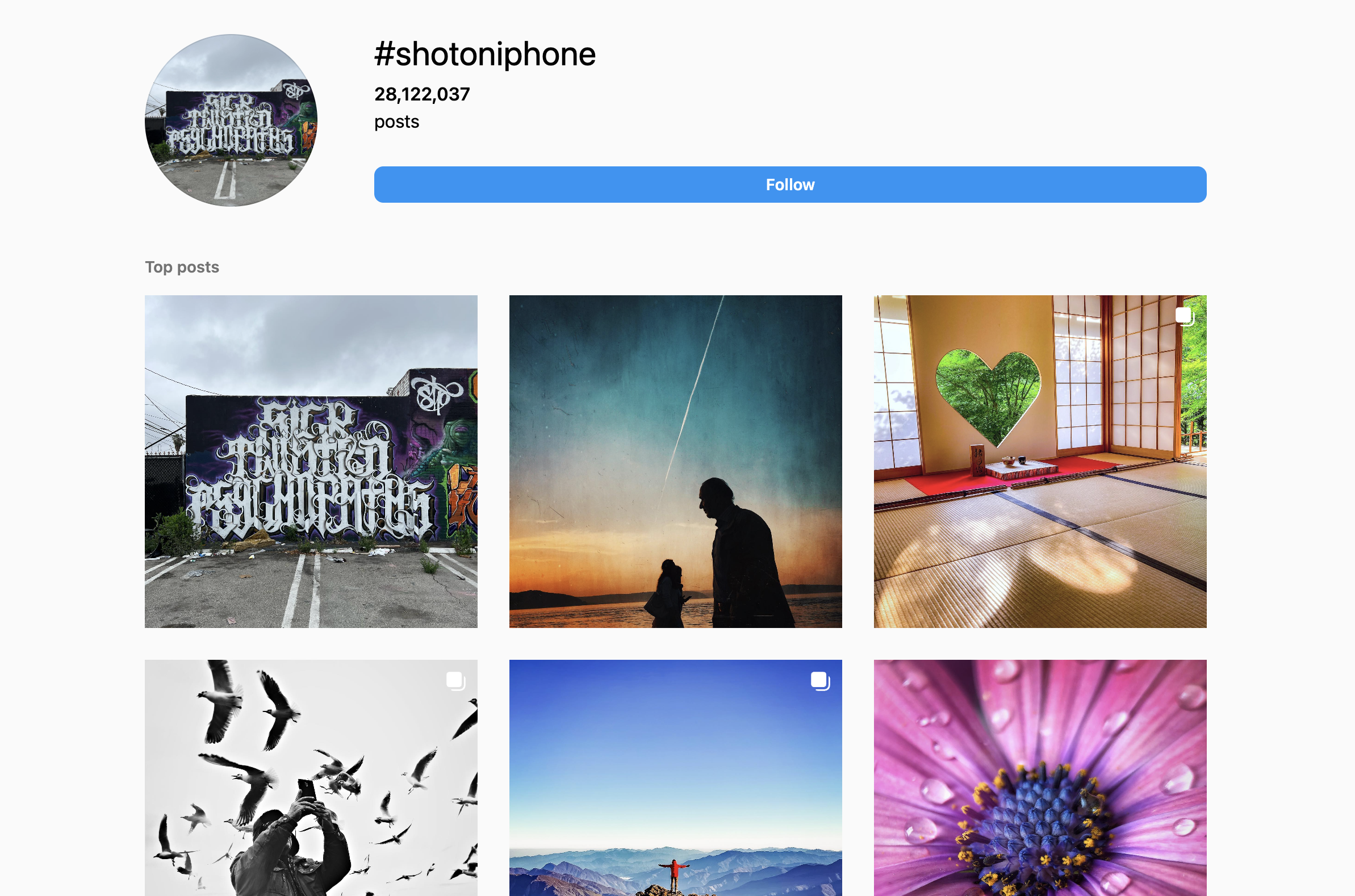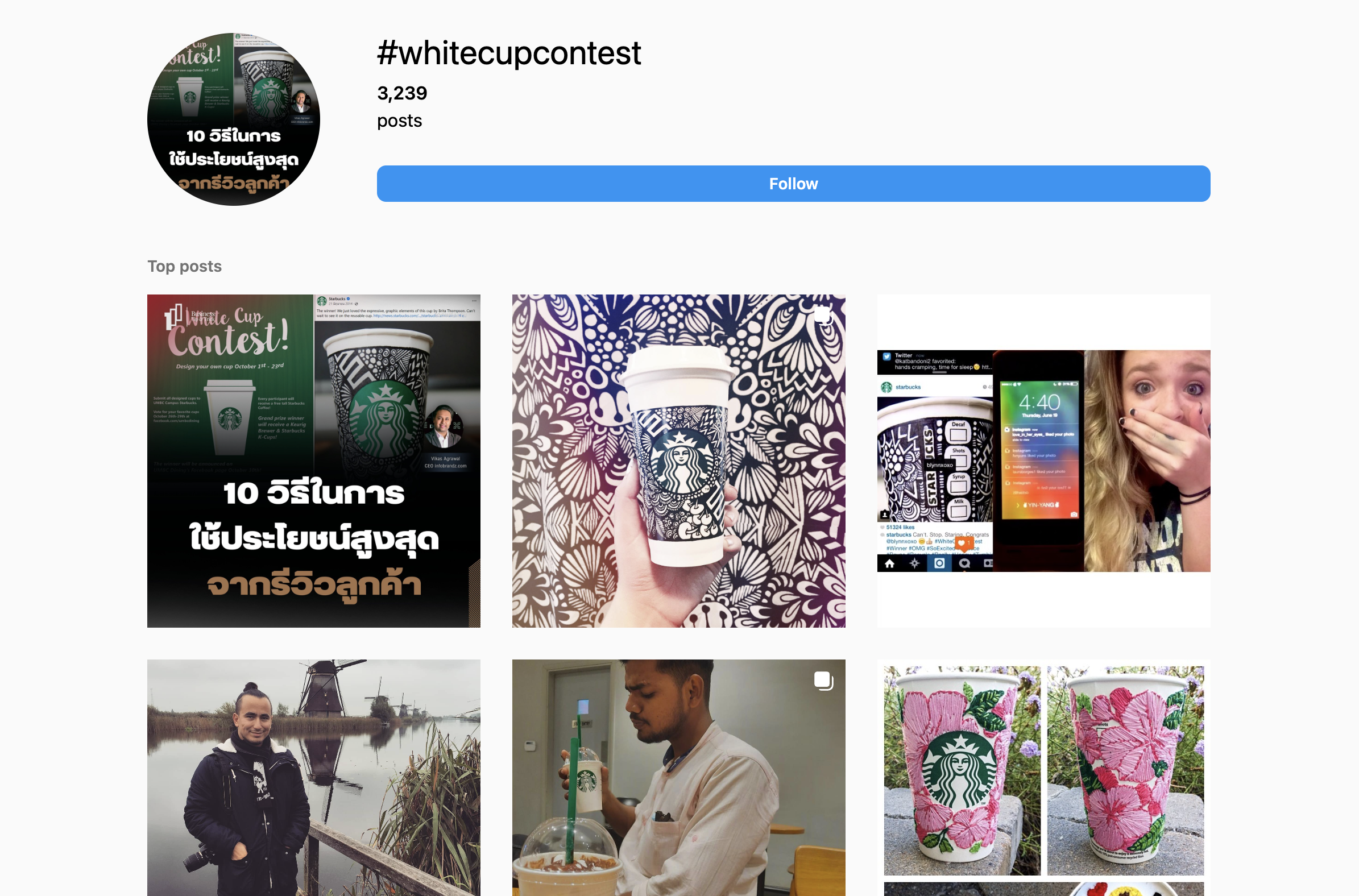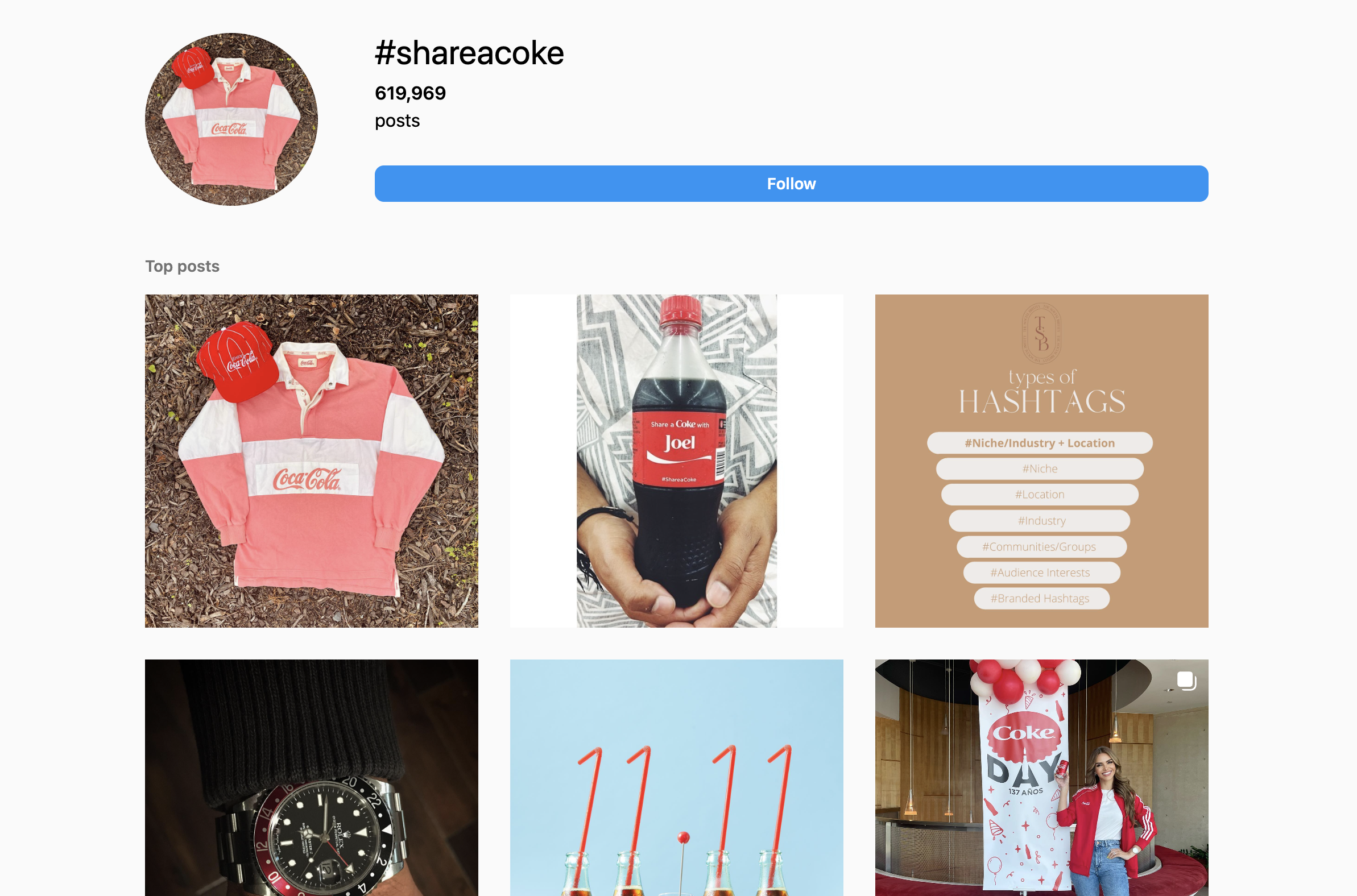Harnessing the Power of User-Generated Content: A Comprehensive Guide

In today's digital landscape, user-generated content (UGC) has emerged as a powerful marketing tool for businesses. UGC refers to any content created and shared by consumers about a brand, product, or service. From customer reviews and testimonials to social media posts and videos, UGC provides a wealth of opportunities for businesses to engage with their audience, build trust, and amplify their brand reach. In this comprehensive guide, we will explore the importance of UGC, delve into its various types, showcase inspiring examples, offer practical tips, and recommend valuable tools to help businesses make the most of user-generated content.
What is User-Generated Content?
User-generated content (UGC) refers to any content created by individuals not professionally associated with a brand or business. It can include customer reviews, testimonials, social media posts, blog comments, photos, videos, and more.
 An example of user-generated content
An example of user-generated content
Why is User-Generated Content important?
User-generated content (UGC) holds significant importance for businesses and brands. By embracing and leveraging UGC, businesses can tap into the power of their customers' voices to drive brand success.
Authenticity and Credibility
UGC is considered highly authentic and trustworthy because it comes directly from consumers. It is perceived as unbiased and genuine, making it more credible than traditional advertising or brand-generated content. People tend to trust recommendations and experiences shared by fellow consumers, increasing trust in the brand and its offerings.
Social Proof
UGC serves as social proof that validates the quality, value, and reliability of a product or service. Positive reviews, testimonials, and user experiences shared through UGC can influence potential customers' purchasing decisions. It helps alleviate doubts and provides reassurance that others have had positive experiences with the brand.
Engagement and Community Building
UGC encourages active participation and engagement from customers. When customers are invited to share their experiences, thoughts, and creativity, it fosters a sense of community and belonging. This engagement not only strengthens the relationship between the brand and its customers but also encourages customers to become brand advocates.
Increased Reach and Brand Awareness
UGC has the potential to reach a wider audience through social media sharing, online communities, and word-of-mouth recommendations. When users share their experiences with a brand, they expose it to their network of friends, family, and followers, organically expanding the brand's reach. This helps increase brand awareness and exposure without significant marketing costs.
Cost-Effective Marketing
UGC provides a cost-effective marketing strategy for businesses. Instead of investing heavily in traditional advertising or content creation, businesses can leverage the content created by their customers. By encouraging UGC, brands can tap into the creativity and passion of their customers to generate engaging and authentic content at a minimal cost.
Product Improvement and Innovation
UGC offers valuable insights and feedback for businesses to understand customer preferences, pain points, and areas of improvement. By listening to customer feedback and incorporating their suggestions, businesses can enhance their products or services, improving customer satisfaction and loyalty.
Emotional Connection and Brand Loyalty
UGC helps foster an emotional connection between the brand and its customers. When customers are actively involved in creating content and sharing their experiences, they develop a stronger sense of loyalty and connection with the brand. This can lead to long-term customer relationships and repeat purchases.
Types of user-generated content
User-generated content (UGC) encompasses a wide range of content created by users or consumers. Here are some common types of UGC:
Reviews and Testimonials
Users share their experiences, opinions, and ratings of products or services through written reviews, star ratings, or video testimonials.
Social Media Posts
Users create and share content related to brands, products, or services on social media platforms. This includes posts, photos, videos, stories, and comments on platforms like Facebook, Instagram, Twitter, and TikTok.
Photos and Videos
Users generate visual content by sharing photos or videos showcasing their experiences with products or brands. This includes product photos, unboxing videos, tutorials, or user-generated advertisements.
Blogs and Articles
Users write blog posts or articles sharing their experiences, recommendations, or opinions about products, services, or brands. These can be shared on personal blogs or platforms that accept guest contributions.
Social Media Challenges and Contests
Users participate in challenges or contests initiated by brands, creating and sharing content related to a specific theme or product. This can involve creating videos, photos, or creative posts.
Influencer Content
Influencers and content creators generate UGC by sharing their experiences, recommendations, or sponsored content related to products or brands they endorse. This includes social media posts, videos, blog articles, or brand collaborations.
Question and Answer Platforms
Users engage in Q&A platforms like Quora, Reddit, or industry-specific forums, where they ask questions, seek advice, or share their knowledge or experiences related to products, services, or brands.
Customer Stories
Users share their personal stories, success stories, or transformation journeys related to a product or service. These stories highlight the impact and benefits of using a particular product or engaging with a brand.
Feedback and Suggestions
Users directly provide feedback, suggestions, or ideas for improvement to businesses, helping them enhance their products or services. This can be done through feedback forms, surveys, or direct communication channels.
User-generated Advertisements
Users create and share their advertisements, jingles, or promotional content for products or brands they love. This type of UGC showcases the creativity and loyalty of consumers.
Best user-generated content examples
Apple
Apple's "Shot on iPhone" campaign invited users to share their stunning photos and videos captured with their iPhones. The selected user-generated content was featured in Apple's marketing materials, billboards, and in-store displays. This UGC campaign highlighted the camera quality of iPhones and demonstrated the creative potential of their customers. It reinforced Apple's position as a leader in smartphone photography and boosted brand loyalty.
 Apple's "Shot on iPhone" campaign on Instagram
Apple's "Shot on iPhone" campaign on Instagram
Starbucks
Starbucks encouraged customers to personalize their plain white cups with unique designs and share them on social media using the hashtag #WhiteCupContest. The contest received thousands of entries, and Starbucks selected a winning design to be produced as a limited-edition reusable cup. The campaign garnered significant social media engagement and brand visibility and showcased the creativity of Starbucks customers.
 Starbucks' White Cup Contest
Starbucks' White Cup Contest
Coca-Cola
Coca-Cola's "Share a Coke" campaign involved printing popular names and phrases on Coke bottles and cans. Customers were encouraged to find their personalized Coke and share photos on social media with the hashtag #ShareACoke. The campaign generated widespread UGC, with consumers sharing images and stories of their personalized bottles. It created a personal connection with the brand and sparked conversations, increasing brand loyalty and sales.
 Coca-Cola's "Share a Coke" Campaign on Instagram
Coca-Cola's "Share a Coke" Campaign on Instagram
User-generated content tips
Create Clear Guidelines
Provide clear guidelines and instructions for users to submit their content. Clearly state what types of content you're looking for, any specific requirements or themes, and how they can submit their content.
Incentivize Participation
Offer incentives or rewards to encourage users to contribute to UGC. It could be in the form of contests, giveaways, discounts, or recognition. This helps motivate users to engage with your brand and generate content actively.
Use Relevant Hashtags
Encourage users to include specific hashtags when sharing their content. This makes it easier for you to track and collect UGC across social media platforms. It also helps create a sense of community and enables users to discover related content.
Showcase UGC
Highlight and feature user-generated content on your website, social media platforms, or other marketing channels. This not only acknowledges and appreciates the contributors but also encourages others to participate. Make sure to give credit to the creators when sharing their content.
Engage and Respond
Actively engage with users who submit UGC by liking, commenting, or sharing their content. This shows appreciation for their contribution and encourages further engagement. Responding to UGC helps build a sense of community and strengthens the relationship between your brand and customers.
Request Permission
Always ask for permission from users before using their content. This shows respect for their intellectual property rights and builds trust. Reach out to users through direct messages or comments to seek their consent for using their content in your marketing materials.
Monitor and Moderate
Regularly monitor and moderate UGC to ensure it aligns with your brand values and guidelines. Remove any inappropriate or offensive content. It's essential to maintain a positive and safe environment for your audience.
Encourage Authenticity
Encourage users to share authentic and genuine experiences with your brand. Authentic UGC resonates more with your audience and builds trust. Avoid overly staged or promotional content, as it may be inauthentic.
Promote Diversity
Encourage a diverse range of voices and perspectives in your UGC efforts. Embrace and celebrate the diversity of your customer base. Encourage users from different backgrounds and demographics to share their experiences and stories.
Analyze and Learn
Regularly analyze the performance and impact of UGC campaigns. Monitor engagement metrics, such as likes, shares, and comments, to understand which types of content resonate the most with your audience. Use these insights to refine your UGC strategy and improve future campaigns.
In conclusion
User-generated content presents a valuable opportunity for businesses to engage with their audience, build trust, and amplify their brand reach. By understanding the importance of UGC, exploring its various types, learning from inspiring examples, implementing practical tips, and utilizing the right tools, businesses can harness the potential of user-generated content to drive engagement, build trust, and achieve marketing success. Embracing UGC as part of a comprehensive marketing strategy can lead to increased customer loyalty, brand advocacy, and, ultimately, business growth.\